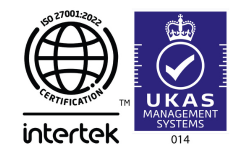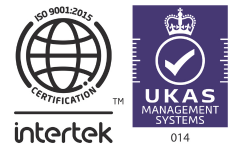Maternity Leave Employee Rights
Businesses Owners Guide
As an employer, understanding maternity leave laws in the UK is important when managing employee rights. We have put together an employers guide to breakdown the laws, processes, and your responsibilities when an employee is pregnant or on maternity leave.

































